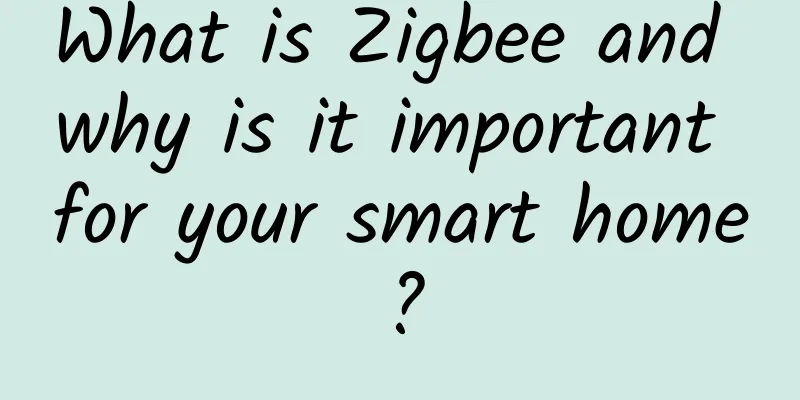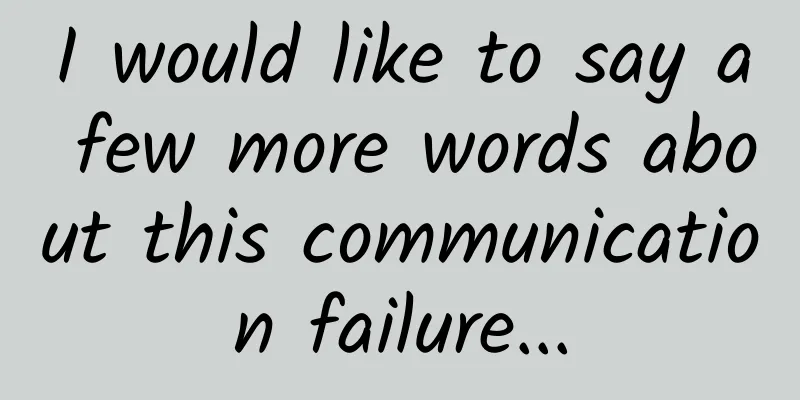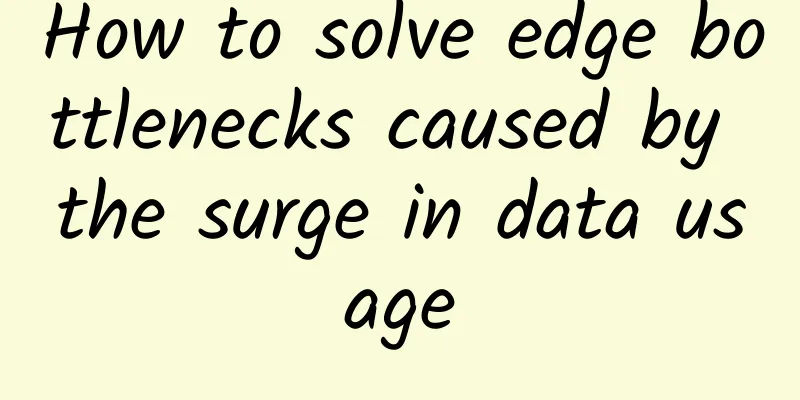TCP waves four times: Why four times? The principle is revealed!

introductionHello, everyone. I am your technical partner Xiaomi! Today we are going to talk about an important part of network basics - the TCP four-wave process. As we all know, the establishment and disconnection of TCP connections are key parts of network communication, especially in a high-concurrency environment. Understanding these processes can help us optimize network performance and solve some difficult problems. Well, without further ado, let's explore the mystery of TCP's four-wave process! picture Detailed explanation of the four-wave processStep 1: The client sends a packet with a FIN flagWhen the client decides not to send any more data, it sends a data packet with a FIN flag to the server, indicating that it wants to close the connection. This action can be understood as the first step in "waving". After sending the FIN packet, the client enters the FIN-WAIT-1 state and waits for the server's response. Step 2: The server receives FIN and sends ACK confirmationAfter receiving the FIN packet from the client, the server realizes that the client is no longer sending data. Therefore, the server will return an ACK packet to confirm that it has received the FIN packet from the client. The confirmation sequence number of this ACK packet is the received sequence number plus 1. At this time, the server enters the CLOSE-WAIT state, indicating that it is waiting to close the connection. Step 3: The server sends a FIN packet to close the connectionNext, when the server is ready to close the connection, it will send a FIN packet to the client, indicating that it has also completed sending data and is ready to close the connection. At this time, after receiving this FIN packet, the client enters the FIN-WAIT-2 state, waiting for itself to be completely closed. Step 4: The client sends an ACK confirmation and enters the TIME-WAIT state Finally, after receiving the FIN packet from the server, the client sends an ACK packet to confirm, and the confirmation number is also the received number plus 1. At this time, the client enters the TIME-WAIT state, and only after ensuring that the server has received its ACK packet will it finally close the connection. Why do we need to wave four times?Some friends may ask, why does it take four waves to close a connection? In fact, this is to ensure that the data can be transmitted completely. TCP is a connection-oriented protocol, which needs to ensure reliable data transmission. If only three waves are used, data may be lost or incompletely transmitted. Therefore, the design of four waves is to ensure that the data of both parties can be successfully transmitted before each party completely closes the connection. Detailed explanation of CLOSE-WAIT statusIn the CLOSE-WAIT state, the server has received the FIN packet from the client and sent back an ACK packet. This means that the client has closed its half of the connection, but the server has not yet closed its half. The CLOSE-WAIT state exists to give the server some time to process unfinished tasks, and then send a FIN packet to the client to finally complete the connection closure. Detailed explanation of TIME-WAIT statusThe TIME-WAIT state is to ensure that all data packets can be received reliably and to handle delays or packet loss in the network. After sending the last ACK packet, the client will enter the TIME-WAIT state and wait for a period of time (usually twice the maximum message lifetime, 2MSL) to ensure that the server has received the ACK packet and there will be no confusion between the new and old connections. How to check the number of links in TIME-WAIT state?In actual applications, we can use the following command to view the number of connections in the TIME-WAIT state in the system: This command can help us quickly count the number of connections currently in TIME-WAIT state, making it easier for us to monitor and optimize. Why are there too many TIME-WAIT states? How to solve it?On a TCP server with high concurrency and short connections, after processing the request, the server will actively close the connection normally, which may cause a large number of connections in the TIME-WAIT state. This is because each connection closure will enter the TIME-WAIT state, especially when processing a large number of short connection requests. Solution:
ENDThrough this article, we have analyzed each step of the TCP four-wave process in detail, and explained why four waves are needed, the role of the CLOSE-WAIT and TIME-WAIT states and their management methods. We hope that these contents can help you better understand and apply TCP connection management and improve system stability and performance. |
>>: Wangsu Technology launches edge AI gateway to help developers build AI
Recommend
From 1G to 5G and then to 6G, 30 years of mobile communication technology
Since the 1980s, mobile communications have seen ...
Weibu Online was shortlisted for CDM 2021 Black Unicorn Awards
On August 3, 2021, CyberDefense Magazine, a world...
By 2026, the Wi-Fi 6 and 6E market in Asia Pacific will reach US$8.559 billion
On March 26, according to foreign media reports, ...
The virtual world's "express delivery system" is upgraded again, what is IPv6+?
This article is reproduced from Leiphone.com. If ...
The three major operators announced the "Implementation Rules for Number Portability Service"
On November 10, the Ministry of Industry and Info...
Justhost newly launched New York VPS, multiple data centers in the United States/Russia/UK/Germany/Hong Kong, China, etc. starting from $1.16/month
JustHost.asia sent information about the new VPS ...
The world's first quantum call! The West: The future belongs to China, but technology should be shared
Recently, with the rapid development of China'...
AT&T's plan to shut down its 3G network has been repeatedly blocked. The security industry says it will cause public safety risks.
[[422256]] AT&T's plan to shut down its 3...
SD-WAN, 5G remote work technologies help future networks
As the remote workforce continues to grow, newer ...
The operating data of the three major operators in January was released: China Telecom’s 5G users are about to exceed 100 million
[[383106]] In a blink of an eye, the Spring Festi...
How 10 popular SD-WAN startups survive in the cracks
The SD-WAN market is very hot. Large enterprises ...
Network Interview Experience: It’s time to learn about these new features of HTTP 2.0
[[420219]] There are not many interview questions...
V5.NET launches new cloud servers with 20% discount starting from 20 yuan/month, with optional data centers in Hong Kong/Korea/Germany/Netherlands
V5 Server (V5.NET) previously mainly provided ind...
Understand the latest development trends of the 5G terminal industry in one article
[[382434]] Since the Ministry of Industry and Inf...
How to achieve lossless video transmission in any environment
Lossless video transmission is critical to variou...









